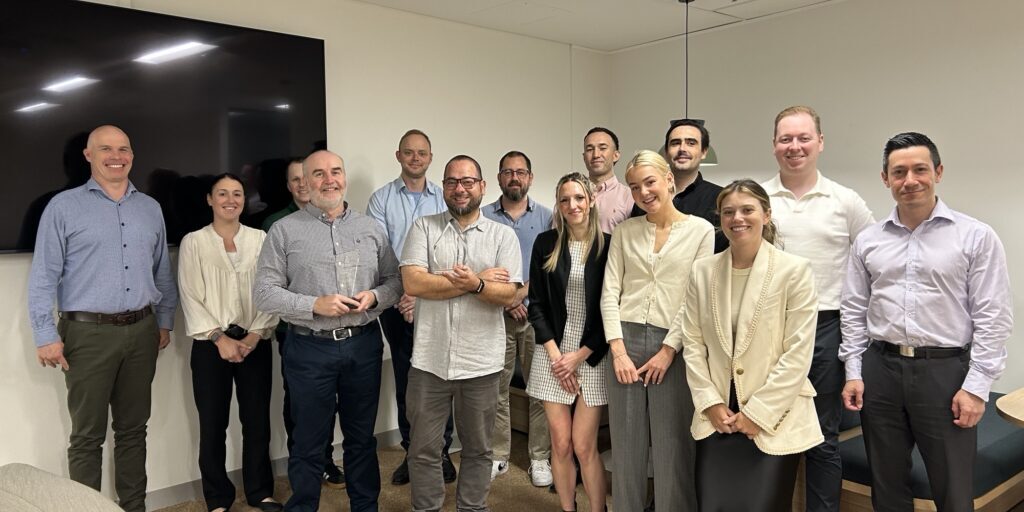
The Complex Terrain of Labour Hire: Insights from Our Leaders
In the ever-evolving landscape of insurance, one of the most pressing challenges faced by insurers today is the surge in Public & Products Liability (PPL) claims, particularly those arising from labour hire. Berkley Insurance Australia’s (BIA) CEO Tony Wheatley and National Underwriting Manager Matthew McPhee offer their invaluable insights into this issue, shedding light on the complexities and impacts of such claims on the industry.
The Rising Tide of Labour Hire Claims
The issue of labour hire claims has garnered significant attention, as Matt McPhee notes, “Claims from Labour hire employees against host employers continue to be larger than most PPL claims, are reported later than other PPL claims making them more difficult to investigate and resolve, and continue to have increased frequency and severity in our PPL book.” This trend reflects a broader shift in the workforce structure, as Tony Wheatley elaborates, “The expansion of the short-term labour hire structure of businesses means there are more non-employee contractors in workplaces and on site, increasing the potential for liability claims to occur.”
The Underlying Causes of Increasing Claims
Delving into the reasons behind this rise, McPhee points out, “Labour hire claims have potentially increased as the use of Labour Hire ’employees’ has increased in recent times. We have also found an increasing appetite for Workers Compensation insurers to recover off commercial PPL insurers.” This trend indicates a broader systemic shift within the insurance and labour hire industries.
Internal vs. External Labour Hire
A significant part of the discussion revolves around the differentiation between internal and external labour hire in terms of policy rating and claims handling. Internal labour hire is where the employees of one insured entity perform work for another insured entity. McPhee states, “From an exposure perspective, there is no difference between ‘internal’ labour hire and ‘external’ labour hire.” However, he highlights a common oversight, “Some brokers or insured’s don’t fully recognise the need to disclose internal labour hire which can cause issues at claim time.” Wheatley adds, “There is a misunderstanding that internal labour hire will be covered under workers compensation. While this is true for the entity that actually employs the individual, any other related entity can still be held responsible for injury to someone at their workplace resulting in a GL claim.”
The Impact of Non-Disclosure by Insureds
McPhee warns of the consequences of brokers not disclosing internal labour hire, “Many insurers are now moving to exclude all labour hire claims unless they are specifically disclosed before the policy commences.” He emphasises the necessity for brokers to engage in thorough discussions with their clients regarding these arrangements.
Late Notifications and Their Impact
He further elaborates on the issue of late notifications, “Labour hire claims are generally larger than standard Public and Product Liability claims and they are generally reported much later. In our experience, these claims are reported on average 2 years later than standard PPL claims.”
Concerns Over Insurance Affordability
In relation to insurance premiums McPhee observes that increases in PPL premiums are being applied for businesses utilising labour hire, which is creating affordability challenges, especially for small to medium businesses. Wheatley adds, “There is also an issue around how the claims develop. In the workers compensation system, the focus is on returning workers to employment as soon as possible. However, when these claims move into the civil arena, the focus becomes around proving loss and negotiating compensation.”
Regarding the size of excesses standard on labour hire claims, McPhee explains that they vary depending on the activities undertaken and differ between insurers. He notes, “For higher risk activities, labour hire excess can be $250,000 or higher. Many insurers apply minimum labour hire excesses even for lower exposure activities of $25,000.”
Vision for Future Changes
In conclusion, Wheatley shares his vision for an ideal resolution, “In a perfect world, labour hire claims would all remain in the workers compensation system, which is focussed on rehabilitation and returning people to meaningful employment. The initial cost of workers compensation may increase but this would be offset by reductions in the cost of liability insurance and overall should lead to better and more focused outcomes for people injured in workplace accidents.”
These comprehensive insights from Tony Wheatley and Matthew McPhee offer a deep dive into the complexities surrounding Public & Products Liability in the context of labour hire. It underscores the need for a nuanced understanding and proactive measures in policy-making and claims handling to navigate these evolving challenges effectively.
Related Articles
Streamlining Efficiency in Liability Insurance Management
Are All Sub-Contractors Covered in a Public Liability Policy
Public & product liability on bindIT
Important Notice
Berkley Insurance Company (limited company incorporated in Delaware, USA) ABN 53 126 559 706 t/as Berkley Insurance Australia is an APRA authorised general insurer. Information provided is general only, intended for brokers and has been prepared without taking into account any person’s particular objectives, financial situation or needs. Insurance cover is subject to terms, conditions, limits, and exclusions. When making a decision to buy or continue to hold a financial product, you should review the relevant Policy Wording.
Share this post on
Inside Berkley Insurance Australia: An Interview with CEO Tony Wheatley
Berkley Insurance Australia Wins Specialist Insurer of the Year for Fourth Consecutive Year
Getting the Best Terms for Clients with Prior Claims


